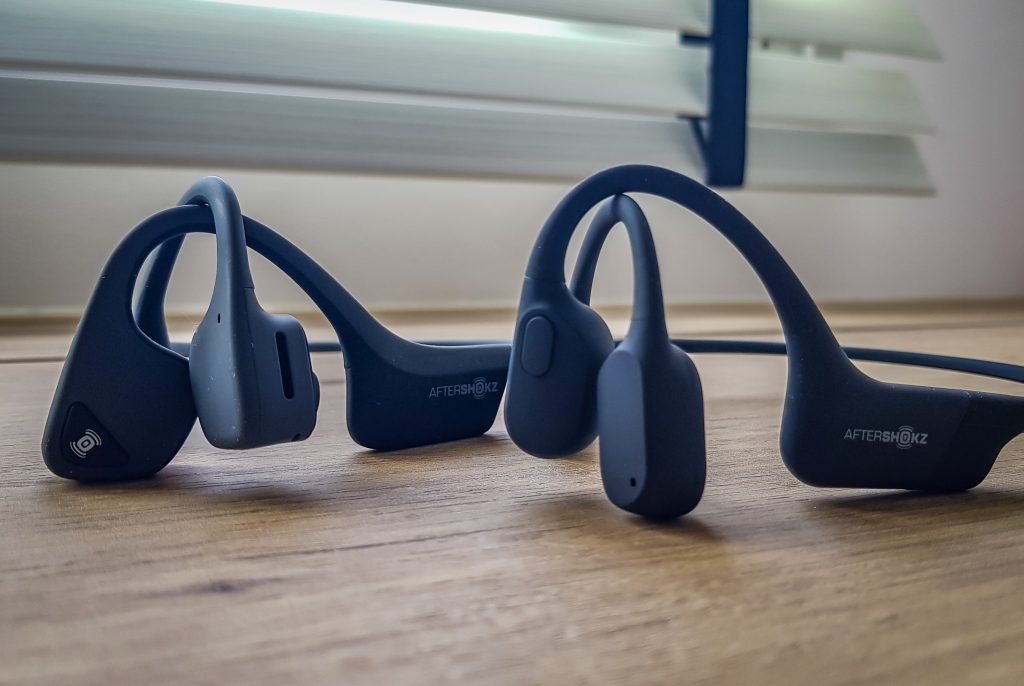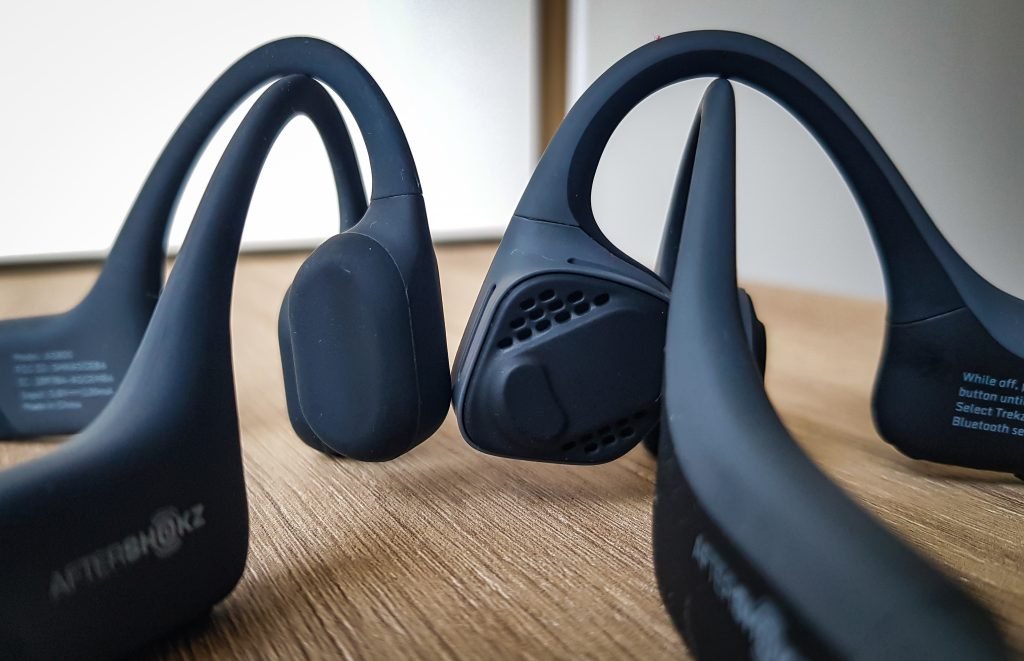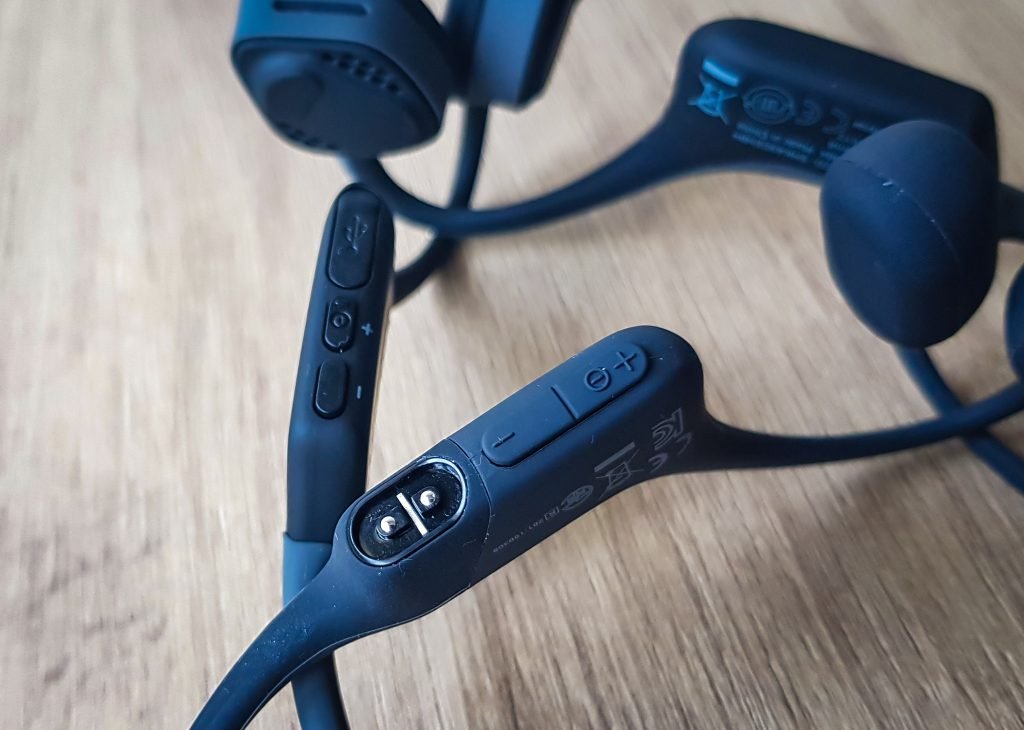
The Aftershokz Trekz Titanium was my first foray into bone conduction and it was a great experience. It provided a way to safely listen to music during an outdoor workout. Two years on, the Trekz Titanium died on me with its battery refusing to recharge. It had served well. I purchased the Aftershokz Air. When my wife broke her Trekz Titanium, she took over my Air and I got myself the recently launched Aftershokz Aeropex. Here is how they fare.
The Good
- Much improved comfort. The Air is a significant improvement over the Trekz Titanium in the comfort department. The Trekz Titanium clamps tightly on the cheekbones. The Air does not and still maintains good audio conduction. I also liked how light it was on the ears. The Aeropex provides a smaller comfort upgrade over the Air and is extremely light at 26g. A notable bonus.
- Improved audio quality. The Air does not offer much of an audio quality boost over the Trekz Titanium. I could not discern any difference. That said, the Aeropex boosts the audio quality very significantly. Mid and low ranges are remarkable improvements over the Air and Trekz Titanium. The bass is still not as great as sealed in-ear earphones (and can never be due to the physics of sound transmission) but the all round listening experience is by far a great improvement. In a nutshell, audio is clearer and more balanced. This could be due to the Aeropex’s redesigned transducers which are now fully sealed. This means no audio leak. This is the one reason to move from the Trekz Titanium or Air to the Aeropex.

- Full audio control. I complained that the Trekz Titanium had no repeat last song button. The Aeropex fixed that.
- Microphone quality, durability and battery life still good. No changes in this department for both the Air and the Aeropex. Good news because Aftershokz had already nailed these in the Trekz Titanium.
The Bad
- Pick your charging peeve. Not really a bad but some would complain about the charging options. The Trekz Titanium and the Air use the standard micro USB cable. You lift a small tab gently and stick the micro USB connector in. Some complain that the tab could be fragile. I never had issues but my wife broke her Trekz Titanium tab. The Aeropex does away with micro USB and replaces it with an proprietary magnetic connector which simply snaps to the outside of the body. No small tab to worry about and no water seepage thanks to the Aeropex’s fully sealed-in design. But some would not be happy with a proprietary connector because it is yet another cable to worry about and if the cable is lost/damaged, a new one needs to be acquired from Aftershokz. The good news is that the Aeropex ships with two cables included. A nice touch from Aftershokz. I am a fan of the Aeropex option but some might differ.

Aeropex by far the best Aftershokz has to offer. It is also the most costly at US$160 with the Air significantly cheaper at US$120. I bought the Air from Lazada and the Aeropex from Amazon US. The later because it was newly launched and Singapore stores/online shops were not carrying them.



